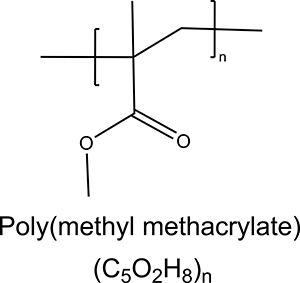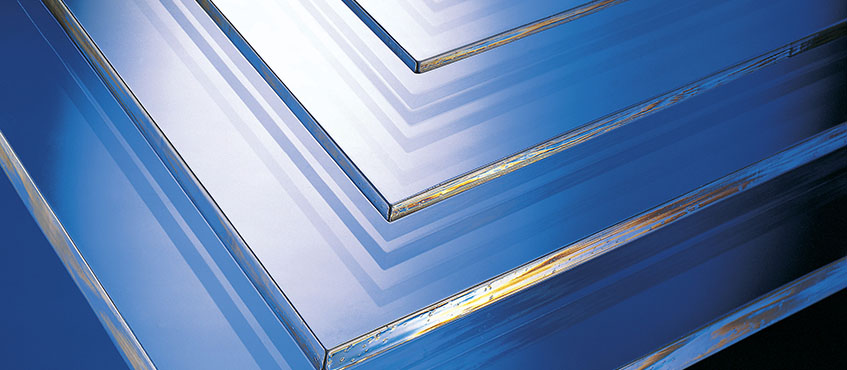Acrylic is chosen for applications where its high optical quality, the attractive aesthetic of the edge when flame polished, and weathering properties are important such as Point of Sale (POS) and other 3D displays, poster covers, menu boards and signage.
Acrylic was developed in 1928 in several different laboratories by many chemists such as William Chalmers, Otto Röhm and Walter Bauer.
The first acrylic acid was created in 1843. Methacrylic acid, derived from acrylic acid, was formulated in 1865. The reaction between methacrylic acid and methanol results in the ester methyl methacrylate. In 1877 the German chemist Wilhelm Rudolph Fittig discovered the polymerization process that turns methyl methacrylate into polymethyl methacrylate.
Acrylic sheet was commercially produced in 1936 as safety glass. During World War II both Allied and Axis forces used acrylic glass for submarine periscopes and aircraft windshields, canopies, and gun turrets. It was discovered that airplane pilots whose eyes were damaged by flying shards of PMMA fared much better than those injured by standard glass, demonstrating that human tissue is more compatible with PMMA than glass.
 Methyl methacrylate is the basic molecule, or monomer, from which polymethyl methacrylate and many other acrylic plastic polymers are formed. It has the chemical formula (C5O2H8)n.
Methyl methacrylate is the basic molecule, or monomer, from which polymethyl methacrylate and many other acrylic plastic polymers are formed. It has the chemical formula (C5O2H8)n.
Acrylic sheet can be made in two ways using the casting process or the extrusion process.
Cast acrylic is manufactured by a process whereby MMA (Methyl Methacrylate monomer) liquid is pumped into a mould made from two sheets of glass. The mould filled with monomer is then submerged in warm water and the process of polymerization takes place.
Cast acrylic sheets tend to have a greater variance on thickness tolerance but an exceedingly smooth surface finish. It is also possible to colour the clear MMA monomer allowing for numerous colours to be obtained in relatively small production batches.
Extruded Acrylic sheets are manufactured by a continuous production process. Acrylic or PMMA pellets are melted then passed through a die and cooled rapidly to form it into sheets.
Extruded sheets have a better tolerance on thickness than cast acrylic but because of the nature of continuous production, short colour runs as not as economically viable.
- Glass-like optical quality
- High light transmission
- Weight savings over glass
- Able to filters UV light, depending on grade
- Excellent environmental stability and outstanding weatherability
- Easily fabricated
- Easy to edge polish
- Good scratch resistance – polishing removes scratches easily
- Suitable for thermoforming
Acrylic in all its formats can be used in numerous applications:
- Glazing
- POS and 3D Display
- Fabrication
- Poster covers and picture framing
- Menu boards
- Illuminated and non-illuminated signage
- Furniture and interior design projects
- Creative artwork
- High traffic acoustic barriers
Brett Martin’s extruded acrylic is sold under the Marcryl brand:
Plastics Industry
British Plastics Federation www.bpf.co.uk
The Plastics Portal www.plasticseurope.org
Associations
European Plastic Distributors Association www.epda.com
International Association of Plastics Distributors www.iapd.org

